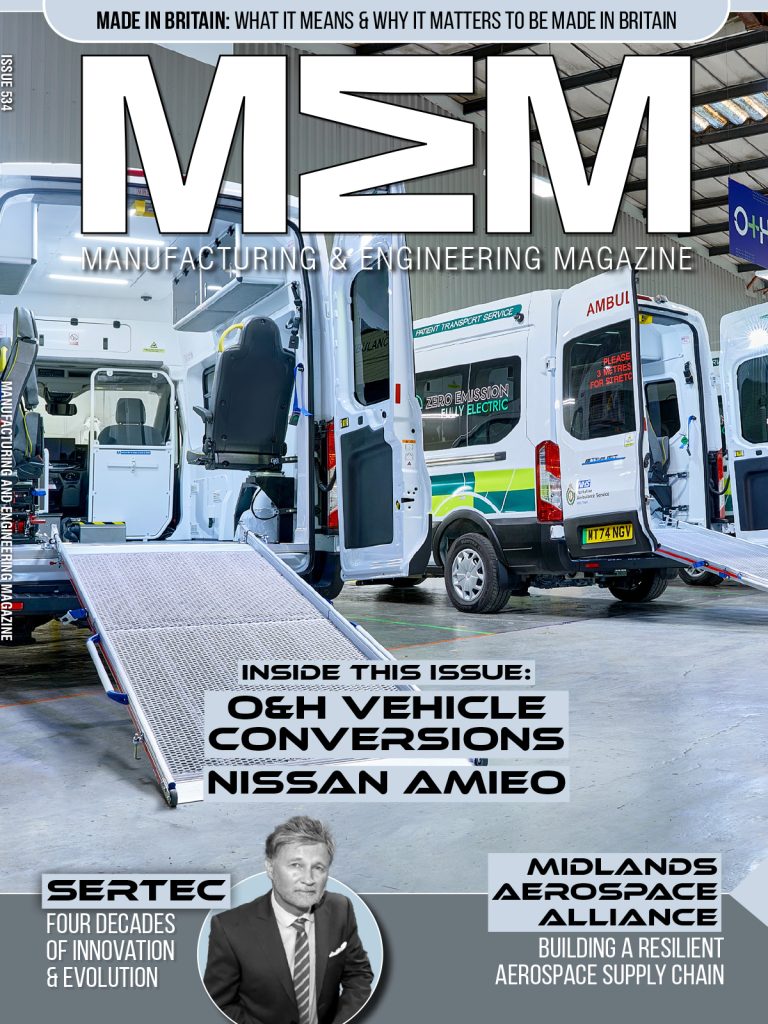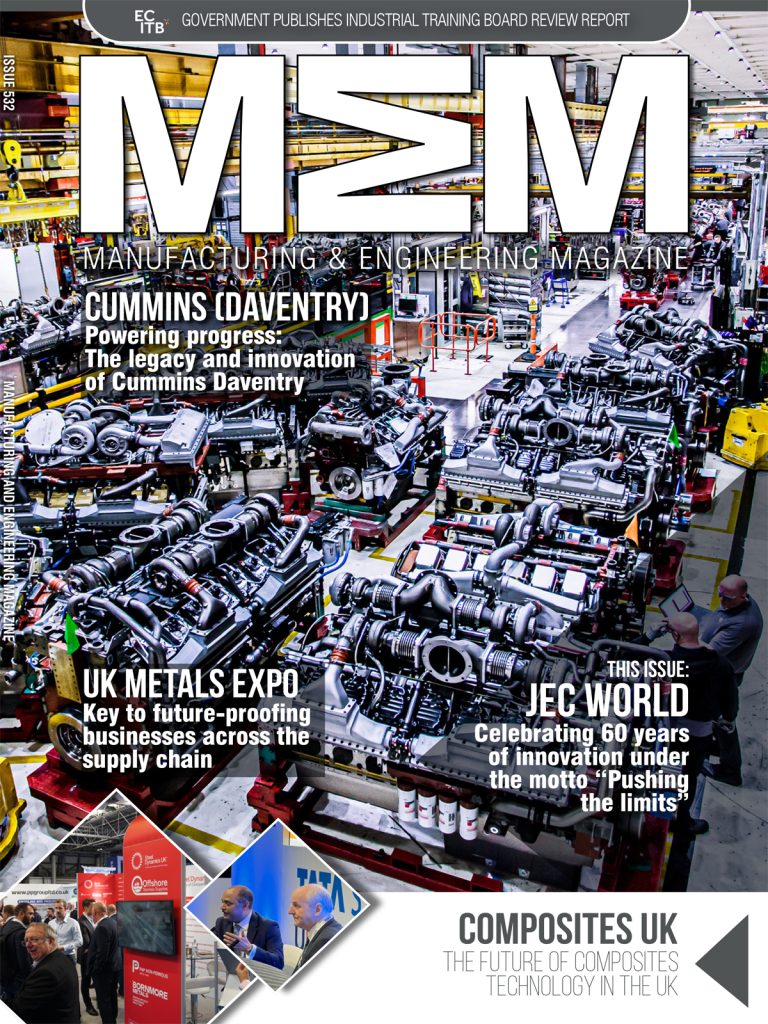How to Implement Lean Manufacturing Principles: A Step-by-Step Guide
Lean manufacturing is a systematic approach to minimising waste while maximising productivity and efficiency. Originating from the Toyota Production System, it has become a cornerstone of modern manufacturing. In this blog post, we’ll guide you through the process of implementing lean manufacturing principles step by step.
Step 1: Understand the Core Principles
Before diving into implementation, it’s crucial to grasp the fundamental principles of lean manufacturing: identifying value, mapping the value stream, creating flow, establishing pull, and striving for perfection. These principles serve as the foundation for your lean journey.
Step 2: Assess Your Current State
Evaluate your existing manufacturing processes. Identify areas of waste, including overproduction, excess inventory, defects, and unnecessary motion. This assessment will guide your efforts toward improvement.
Step 3: Set Clear Objectives
Define specific goals you aim to achieve through lean manufacturing, such as reducing lead times, improving quality, or cutting costs. These objectives will keep your team focused and motivated.
Step 4: Train Your Team
Lean manufacturing requires a cultural shift within your organisation. Invest in training and education to ensure everyone understands and embraces the principles. Encourage collaboration and open communication among team members.
Step 5: Implement 5S
Sort, Set in order, Shine, Standardise, and Sustain – the 5S methodology helps organise the workplace for efficiency. Start by decluttering and organising work-spaces. Maintain this discipline to prevent the re-emergence of waste.
Step 6: Value Stream Mapping
Map your value stream to visualise the flow of materials and information. Identify bottlenecks and areas where value is not being added. This helps in streamlining processes and reducing waste.
Step 7: Implement Pull Systems
Instead of pushing products through production, establish a pull system where items are produced based on customer demand. This reduces overproduction and excess inventory.
Step 8: Continuous Improvement
Lean is a continuous journey. Encourage a culture of continuous improvement (Kaizen) by regularly reviewing processes, gathering feedback, and making incremental changes.
Step 9: Monitor and Measure
Use key performance indicators (KPIs) to track progress. Metrics like cycle time, defect rate, and inventory turnover can help you gauge the effectiveness of your lean initiatives.
Step 10: Celebrate Successes
Recognise and celebrate achievements along the way. This boosts morale and encourages ongoing commitment to lean principles.
Implementing lean manufacturing principles is an ongoing process that requires dedication and perseverance. By following these steps and fostering a culture of continuous improvement, you can enhance efficiency, reduce waste, and ultimately deliver higher value to your customers while maintaining a competitive edge in the manufacturing industry.
Manufacturing & Engineering Magazine | The Home of Manufacturing Industry News














